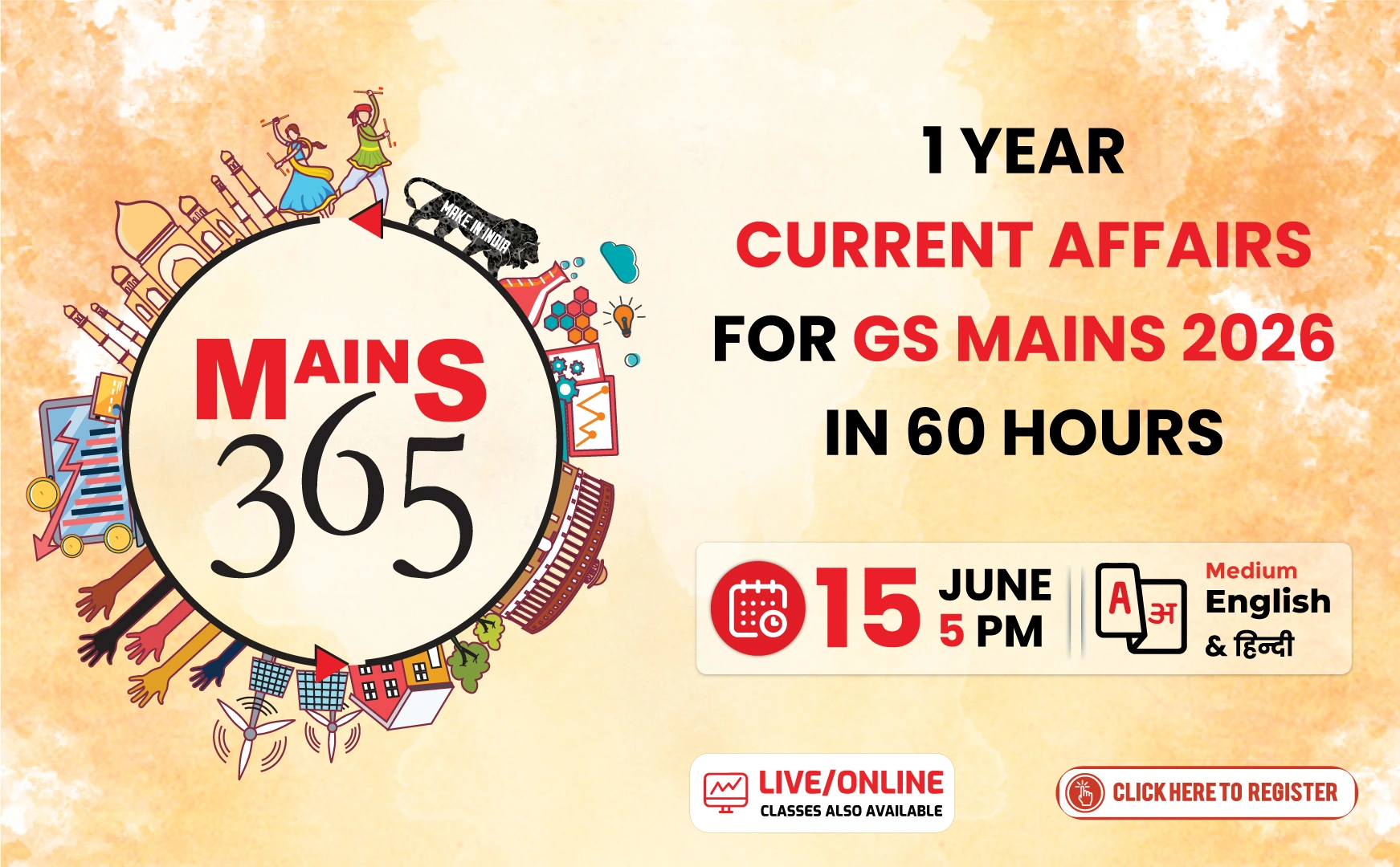New Strategy for Highway Construction
The Ministry of Road Transport and Highways has shifted its strategy from fixed targets to floating targets for states regarding the construction of national highways, expressways, and greenfield corridors.
Collaboration with States
- The ministry will collaborate with states, offering multiple projects that pass through each state.
- States will prioritize which projects to work on, unlike the previous method where projects were assigned by the Centre.
Focus on Timely Completion
- The aim is to ensure timely completion of projects by avoiding delays caused by land acquisition and regulatory issues.
- Floating targets will be based on the progress of land acquisition and other approvals.
- This approach is intended to prevent time and cost overruns.
Benefits of Floating Targets
- States gain flexibility to start projects more quickly, focusing on those with the necessary basic requirements in place.
- This strategy benefits both the Centre and states, allowing them to expedite project completion.
State and Central Roles
- While the ministry handles highway construction through the National Highways Authority of India, states assist with land acquisition, rehabilitation, and obtaining clearances.
Targets and Funding
- The government aims to construct 10,000 km of highways in 2025-26, slightly lower than the 10,421 km target for 2024-25.
- The monetization target for the current financial year is ₹30,000 crore, reduced from the ₹39,000 crore target of the previous year.
- The Ministry of Road Transport and Highways also allocates funds to states and UTs for state road development under the Central Road & Infrastructure Fund (CRIF) scheme with ₹9,030 crore allocated for 2024-25.



